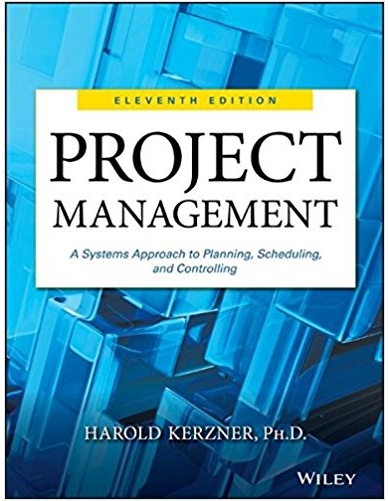One unit of A is composed of two units of B and three units of C. Each B is composed of one unit of




One unit of A is composed of two units of B and three units of C. Each B is composed of one unit of F. C is made of one unit of D, one unit of E, and two units of F. Items A, B, C, and D have 28, 40, 36, and 25 units of on-hand inventory. Items A, B, and C use lot-for-lot (L4L) as their lot-sizing technique, while D, E, and F require multiples of 62, 110, and 90, respectively, to be purchased. B has scheduled receipts of 15 units in Period 1. No other scheduled receipts exist. Lead times are one period for Items A, B, and D, and two periods for Items C, E, and F. Gross requirements for A are 15 units in Period 1, 12 units in Period 2, 50 units in Period 6, and 50 units in Period 8. Find the planned order releases for all items. (Leave no cells blank - be certain to enter "O" wherever required.) Period Gross requirements Item A Scheduled receipts OH = 28 Projected available balance LT = 1 SS=0 Net requirements Planned order receipts Q = L4L Planned order releases Gross requirements Item B OH = 40 LT=1 SS=0 Q = L4L Item C OH = 36 LT=2 SS=0 Q=L4L Item D Scheduled receipts Projected available balance Net requirements Planned order receipts Planned order releases Gross requirements Scheduled receipts Projected available balance Net requirements Planned order receipts Planned order releases Gross requirements Scheduled receipts 1 2 3 4 5 6 7 8 S Item D OH = 25 LT = 1 SS=0 Q = 62 Item E OH = 0 LT = 2 SS=0 Q = 110 Item F OH = 0 LT = 2 SS=0 Scheduled receipts Projected available balance Net requirements Planned order receipts Planned order releases Gross requirements Scheduled receipts Projected available balance Net requirements Planned order receipts Planned order releases Gross requirements Scheduled receipts Projected available balance Net requirements Planned order receipts Q = 90 Planned order releases Problem 21-16 (Algo) One unit of A is composed of two units of B and three units of C. Each B is composed of one unit of F. C is made of one unit of D, one unit of E, and two units of F. Items A, B, C, and D have 28, 40, 36, and 25 units of on-hand inventory. Items A, B, and C use lot-for-lot (L4L) as their lot-sizing technique, while D, E, and F require multiples of 62, 110, and 90, respectively, to be purchased. B has scheduled receipts of 15 units in Period 1. No other scheduled receipts exist. Lead times are one period for Items A, B, and D, and two periods for Items C, E, and F. Gross requirements for A are 15 units in Period 1, 12 units In Period 2, 50 units in Period 6, and 50 units in Period 8. Find the planned order releases for all items. (Leave no cells blank - be certain to enter "0" wherever required.) Period Gross requirements Item A Scheduled receipts OH = 28 Projected available balance LT=1 Net requirements SS=0 Planned order receipts Q = L4L Planned order releases Gross requirements Item B OH=40 LT=1 SS=0 Scheduled receipts Projected available balance Net requirements Planned order receipts Q = L4L Planned order releases Gross requirements Item C OH = 36 LT = 2 SS=0 Scheduled receipts Projected available balance Net requirements Planned order receipts 1 2 3 4 5 6 7 8 Item C OH=36 LT=2 SS=0 Q=L4L Item D OH = 25 LT=1 SS=0 Q = 62 Item E OH=0 LT=2 SS=0 Q = 110 Item F OH=0 LT=2 SS=0 Q = 90 Gross requirements Scheduled receipts Projected available balance Net requirements Planned order receipts Planned order releases Gross requirements Scheduled receipts Projected available balance Net requirements Planned order receipts Planned order releases Gross requirements Scheduled receipts Projected available balance Net requirements Planned order receipts Planned order releases Gross requirements Scheduled receipts Projected available balance Net requirements Planned order receipts Planned order releases
Step by Step Solution
There are 3 Steps involved in it
Step: 1
To solve this problem we will construct a Material Requirements Planning MRP table to calculate the planned order releases for each item We will calcu...
See step-by-step solutions with expert insights and AI powered tools for academic success
Step: 2

Step: 3

Ace Your Homework with AI
Get the answers you need in no time with our AI-driven, step-by-step assistance
Get Started


